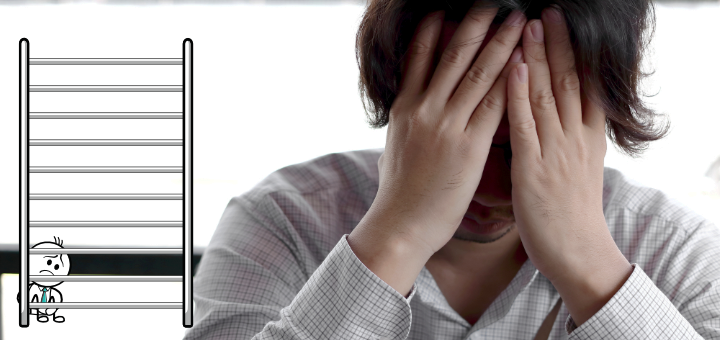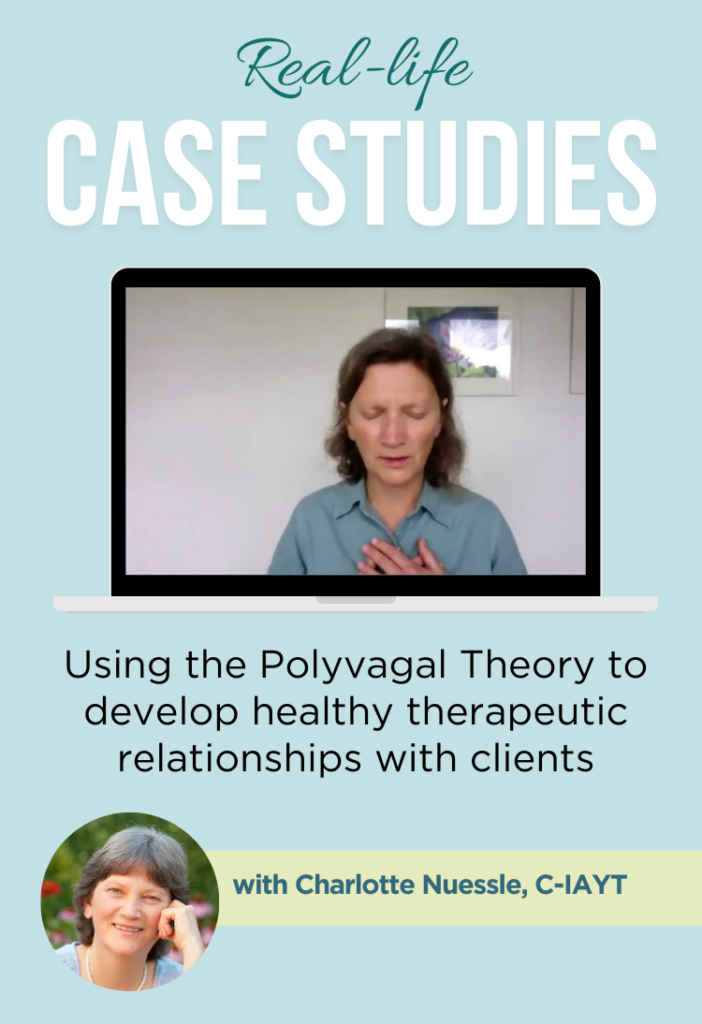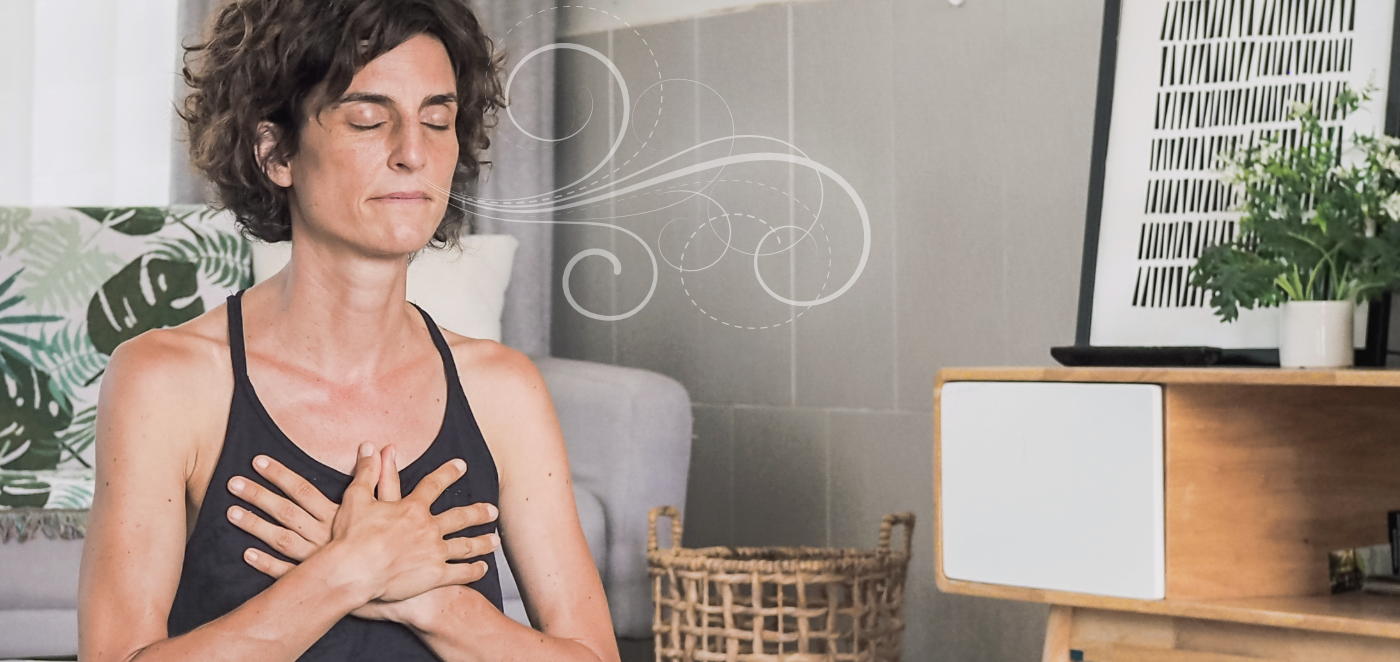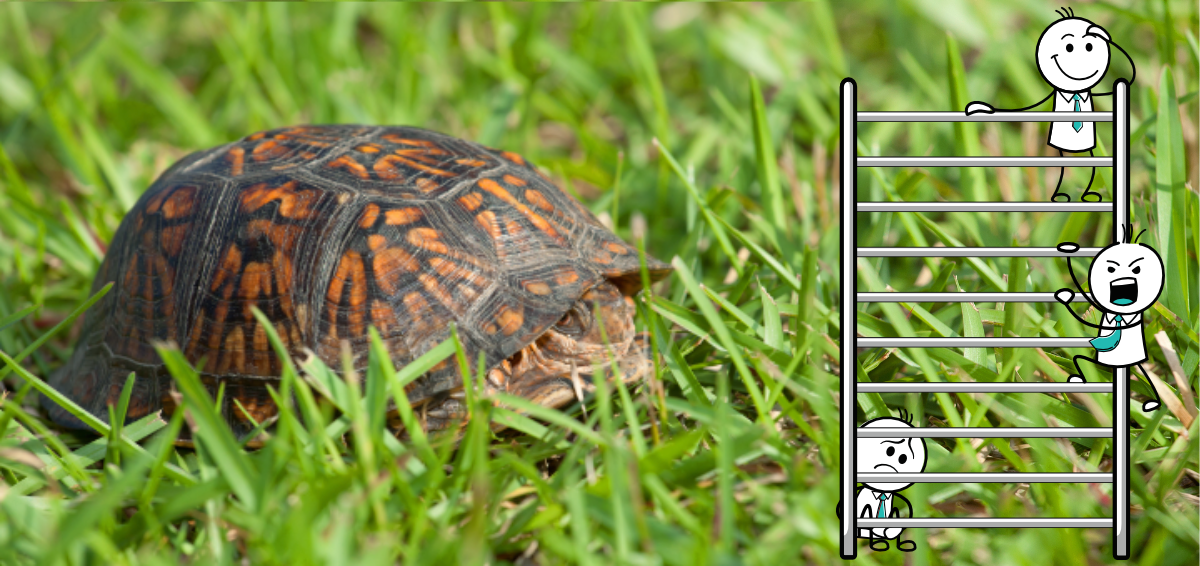How shame triggers a shut down response and what we can do about it


Shame protects vulnerability, a small voice of despair and hopelessness.
Thirty years ago, I witnessed my loved one’s suffering and death. As a medical power of attorney, I was responsible. I couldn’t leave the situation. Yet I could not keep my loved one alive. I felt alone and overwhelmed. Old, familiar feelings of abandonment and unworthiness were regular visitors. They stayed too long.
After my loved one’s death, my energy took a dive. It was herculean to maintain a job. Unwanted rumination flooded my mind. My nervous system coped with this by blaming and shaming myself: “I should have done more to help my loved one. It’s my fault that my loved one died. I’m bad.”
Shame gives us a sense of inner control when there is no other way to impact a frightening situation. Our nervous system picks up cues of danger and cannot calm those signals. Shame makes uncertainty which is perceived as a threat to our nervous system, predictable. Shame’s loud messages are hard to miss: “I’m to blame.” “It’s my fault.” “I deserved this.”
Let’s compare shame with guilt. Guilt would say, “I did something wrong.” Shame says, “There’s something (intrinsically) wrong with me.” Guilt is about my actions. Shame is about me. “I’m bad.”
In shame, the nervous system shuts down. Shutting down is a survival response of the dorsal vagal state. When the nervous system shuts down to protect us, we’re not physiologically able to look out into the world and pick up signals of safety. Instead, our system is primed to take in cues of danger, whether there is an actual threat or not.
Deb Dana said our nervous system is continually scanning our inner and outer environments and asking: “Am I safe, in this experience/environment, with this person, in this moment?” This inquiry happens at a level below our conscious thought.
To understand this, let’s think of the tortoise. When a tortoise perceives a signal of an imminent threat, it retracts its head and limbs inside its shell and becomes invisible. Only when its system perceives enough safety does the tortoise poke its head slightly out of its shell. It’s cautious, a little movement at a time.
In my earlier story, shame was part of the protective dorsal vagal response I experienced, related to helplessness after I cared for my loved one. Little things took so much energy. Just following a daily routine seemed like a huge challenge. Self-doubt was ever-present.
We’ve all experienced the dorsal vagal shutdown response. It’s familiar for those with trauma. If it’s not as familiar, we can get curious about a time when we lacked the energy to go on—for example, losing a bid on a house that was our dream home, receiving a tough medical diagnosis, or being dismissed from our job.
As humans, we’re meaning-making beings. Our body experiences the dys-regulation of a protective response and our mind creates a story to make sense of what happened.
Stories can trigger shame and shut down. Words of shame, “I’m bad,” are often a learned survival response from the past. Those words can elicit a shut down response.
Be on the lookout for shame with clients who have experienced trauma. Shame is a cue of protective response, often a dorsal vagal shutdown response.
We want to bring safety to our client, “acceptance and kindness.” Judgment can show up in subtle ways, like labeling experiences as “lazy or unmotivated.” By understanding the challenges of the dorsal vagal response in our own lives, we become a regulating presence for our clients and work together to explore how their systems can genuinely shift toward balance.
Just like the tortoise, our nervous system responds to little choices to shift out of a dorsal vagal protective response. Think about small choices we can make that help ourselves – and our clients – shift back toward more balance: enjoying a cup of tea, watching a bird, listening to the wind in the trees, petting a friendly animal, watching the clouds move through the sky.
Remember a time you experienced a dorsal vagal shut down response. Identify cues from your nervous system.
- What did your body experience?
- Did something in the environment trigger the response?
- Describe the experience as fully as you can.
- Pause. Let yourself experience the dorsal vagal shutdown response. Notice if this feels familiar to you.
- Honor that your nervous system did its best to keep you safe.
- Notice what you might do to shift back toward balance.
- Brainstorm three simple (small, simple, within reach) ways your nervous system is comfortable to gently mobilize energy. Deb Dana suggests checking in with our nervous system. How does our nervous system feel about what you’re asking yourself to do? Find a “yes.”
Remember:
Slow down when you sense shame and other challenging emotions. Take little steps. Be kind. Get interested in the clients’ nervous system state and help them get interested in it. Let an exploration of shame bring forth compassion to guide and inform the relationship.
Check out Charlotte’s Real-Life Case Studies video series, available exclusively to Sequence Wiz members. Learn more about Case Studies at Sequence Wiz >)

Part 1: Looking for cues from the client’s nervous system
Part 2: Embodying non-linear movements from nature to come out of protective stress response
Part 3: Using caring touch to reconnect with the body and accept what is
Part 4: Choosing the right amount of effort when dealing with the shut down response
Part 5: The importance of cultivating a regulating presence for our students
About Charlotte
Charlotte Nuessle is a C-IAYT, with BSc in gerontology. She had dedicated almost twenty years to service at Kripalu Center and had offered adaptive yoga/body-based & mindfulness practices in senior living communities. Charlotte specializes in working with students who are dealing with issues around age, illness, grief, and death. She’s informed by three wisdom approaches: yoga therapy, resilience, and understanding our human nervous system through polyvagal theory.

Further resources:
- David Kessler, Grief.
- Field T., Touch for socioemotional and physical well-being: A review.



